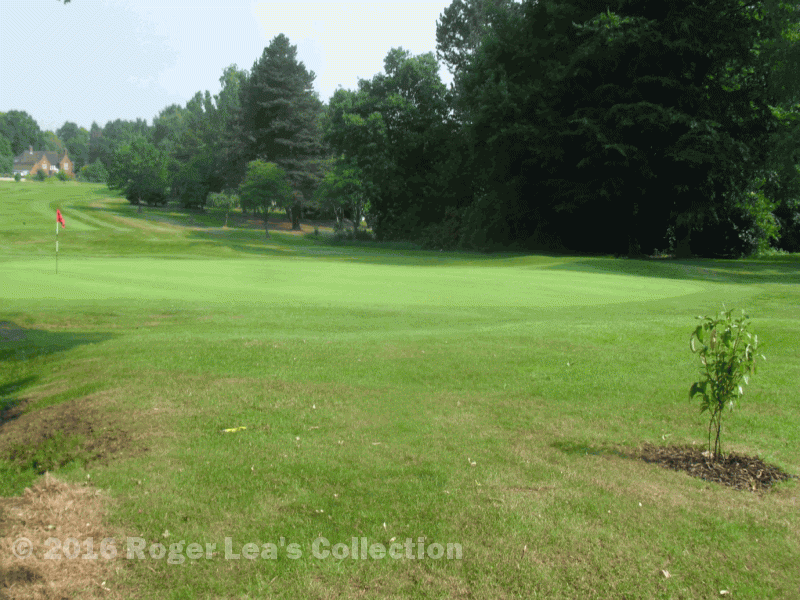“The Birmingham Steeplechase Meeting” was the heading of an article in the Birmingham newspaper for Monday 12th February 1866. The article went on to say that the promoter, Mr. Sheldon, had arranged “an excellent bill of fare”; there were five events - The Erdington Plate, three miles, 38 entries; The Hunt Cup, three miles, a dozen named for it; the Hunters Stakes; the Warwickshire Hunt Steeplechase; and the Sutton Handicap Plate - the writer gave his betting tips for all five races.
The organiser of the event was Mr. Sheldon of Sutton Coldfield, a wine merchant who had moved from Birmingham to a new villa residence, “Yew Tree Cottage” in Chester Road. The steeplechase course was also in Sutton, near Tamworth Road. It began in a wheat field, a hedge bank had to be jumped, then there was a long run through a turnip field, up through part of Moor Hall Park, then heading towards the grandstand near the top of Little Sutton Lane, then alongside Lichfield Road and so back to the starting point - two laps were run for a three-mile race. Most of the course was over farmland, but not much damage would be caused to crops in the winter months.
The Sutton steeplechases were very popular, second only to the Grand National, and the next year a Sutton Lady, Miss Sarah Holbeche, wrote disapprovingly in her “Diary” - “February 12th 1867 - 40,000 tickets issued in Birmingham to come to Sutton. No wonder our increased dirt!”
The newspaper reported the event under the heading “North Warwickshire Hunt Steeplechase”. “A great deal of interest was excited in it in Birmingham and the surrounding districts, and notwithstanding the threatening aspect of the weather, ordinary and special trains brought a large influx of visitors.” The course was said to be only a ten-minute walk from Sutton Station. The weather was the main topic - “The wind rose boisterous and strong, and blinding showers of rain and hail drove the visitors to the tents and every available shelter. The Grand Stand, which was exposed to the direction of the wind, came to grief during the third race. The wind, which was at its height at the time, tore the canvas of the roof into shreds, broke the timber like matchwood, and the pieces fell with a crash. The people were rushing to the different stairs, and jumping and running down as best they could.” There were no serious injuries, but “At the same time scores of hats were carried away by the wind, some of which were never recovered, but many persons were compelled to leave the course with no protection for their heads but a pocket handkerchief.”
The races were all run, the bookmakers declared themselves well satisfied, and no doubt Sarah Holbeche felt the crowds got their just deserts. Steeplechase meetings continued at Moor Hall until 1873, when some of the land was acquired for building.
